The Committee on Science , Technology and Environment requires that when amending the Electricity Law, there should be a clear roadmap to eliminate the situation of cross-subsidization of household electricity prices for production.
On the afternoon of August 19, the National Assembly Standing Committee held its 36th session to discuss the draft Law on Electricity (amended). The current law stipulates "implementing a reasonable retail electricity price structure for customer groups", but over the past 10 years, the price structure has revealed shortcomings when people have to Cross-subsidization for production. That is, the price of electricity that people pay for their daily life is higher than the price of electricity sold for production by businesses, and people who use a lot will compensate for people who use less. Meanwhile, Resolution 55 of the Politburo gives the direction of not implementing cross-subsidization of electricity prices between customer groups and regions.
Therefore, in this revision, the Government said that the draft Electricity Law supplements regulations on a reasonable retail price structure, gradually reducing and moving towards eliminating cross-subsidy between regions and customer groups not participating in the competitive retail electricity market. The electricity price mechanism is also applied appropriately to customer groups with large electricity consumption.
Reviewing the draft law, the Committee for Science, Technology and Environment said that adding regulations on building electricity price policies closer to the market is appropriate. However, according to the review agency, regulations on reducing cross-subsidy of electricity prices between customer groups are not specifically stated in the draft law.
"The draft law needs to provide clearer principles and roadmaps for eliminating cross-subsidies between customer groups. This is to ensure social equality, market principles and encourage electricity saving in the manufacturing industry," the Standing Committee of the Science, Technology and Environment Committee commented, and proposed adding a mechanism for two-component electricity prices, import and export.
Last year, when providing additional explanations to the National Assembly, the Ministry of Industry and Trade admitted that "cross-subsidy still exists between groups of customers using electricity at different levels". Because of changes in the structure of electricity use, the selling price for customer groups does not promptly reflect production costs, affecting the goal of using electricity efficiently and economically.
In fact, according to the current retail electricity price structure, there are times when electricity for production is 52% of the average price, while the price for poor households with the largest preferential policies is also 90% of the average price. Similarly, there is still a cross-subsidy between households that use a lot and those that use a little, and between regions.
To overcome this, the management agency said that from 2022, it has studied a plan to improve the structure of retail electricity prices. In the draft released late last year, retail price list It is expected to be shortened to 5 levels, instead of 6 as at present. The distance between levels will also be redistributed, suitable for people's actual electricity usage and the price at the highest level (701 kWh or more) is over 3,600 VND per kWh (excluding VAT).
Proposal for the Government to have the right to decide on the mechanism for adjusting retail electricity prices
Under current law, the Prime Minister has the right to prescribe the mechanism for adjusting retail electricity prices. The Ministry of Industry and Trade and the Vietnam Electricity Group (EVN) are authorized to decide on adjustments. However, electricity is an essential commodity, so price adjustments are subject to much public pressure and can affect the macro-economic situation.
Therefore, the draft law proposes that the Government will be the competent authority in issuing the mechanism for adjusting retail electricity prices, instead of the Prime Minister. Specifically, the Government will issue a Decree on the mechanism for adjusting retail electricity prices, which specifies the authority for each price adjustment level. The price adjustment period will also be reduced to 3 months, instead of the current 6 months. This will allow retail electricity prices to be adjusted in time to actual fluctuations, production input parameters, and to compensate for costs, generate reasonable profits, and preserve business capital of enterprises.
In addition, the draft law also adds regulations on the construction of a price framework for power generation units, power purchase contract prices, and temporary prices between the seller and buyer of electricity.
Examining these contents, the Standing Committee of this Committee found that most of the regulations on electricity prices were assigned to the Ministry of Industry and Trade to develop and appraise. This content was stipulated in the Electricity Law of 2004. However, the development and implementation of electricity prices have not been effective, and all price components have not been transparent. While this is one of the prerequisites to ensure fairness and transparency in the competitive electricity market.
Therefore, the Committee recommends that the drafting agency add regulations on the responsibility for transparency in prices (power transmission, power distribution, power system dispatch and electricity market transaction management, power system ancillary services). The drafting agency also needs to review regulations on the authority, form and method of pricing electricity and electricity services to be consistent with the Law on Prices.
Along with that, the drafting agency is requested to study the mechanism to balance and stabilize electricity prices through a fund or account to balance the price of this commodity.
The state can monopolize the construction of nuclear power plants.
The new point in the draft Electricity Law (amended) this time is the mention of nuclear power development. Accordingly, nuclear power is one of the new types of energy. The State has a monopoly on investment in the construction of power plant projects of this type, in addition to the monopoly on investment in multi-purpose hydropower plants and emergency power source and grid projects; and power system dispatching.
According to the Committee on Science, Technology and Environment, there are opinions that Vietnam has the potential to develop nuclear power and has made basic initial preparations in the past. In the context of the world returning to investment, the development of this energy source becomes important. On the other hand, nuclear power is considered an important option to ensure energy security and achieve the net zero target by 2050, as committed by the Government.
However, the Standing Committee believes that the provisions on nuclear power in the draft law need to be carefully studied. The principle provisions on this type of power source need to be referred to the Atomic Energy Law. In addition, the drafting agency also needs to provide political, scientific, technological and technical bases to support the implementation of nuclear power projects.
In addition, the drafting agency also needs to report to competent authorities on the level of regulations for nuclear power development, and also supplement regulations on support, risk management, safety and environmental protection regulations related to the development and operation of these power plants.
Regarding the promotion of renewable energy development, the Committee on Science, Technology and Environment proposed that the drafting agency add mechanisms for developing electricity storage sources. This is to increase the integration of renewable energy into the electricity system, at an appropriate rate according to the Power Plan VIII.
Regarding offshore wind power development, the standing body of the appraisal agency believes that the potential of this type of power source is very large, and many investors are interested in developing it. The current investment rate is very large, about 2 - 3 billion USD for 1 GW and the implementation time is from 6-8 years from the beginning of the survey, depending on the capacity scale and the project implementation area. However, offshore wind power is a very new field in Vietnam, related to national defense and security, sovereignty over islands and the tasks of many ministries, branches and agencies. Therefore, this agency proposed that the draft law should have strict regulations on the conditions for project transfer and the responsibilities of each ministry and branch in developing this type of power source.
The draft Electricity Law (amended) consists of 9 chapters with 121 articles, expected to be submitted to the National Assembly for first discussion at the session in October.
Source








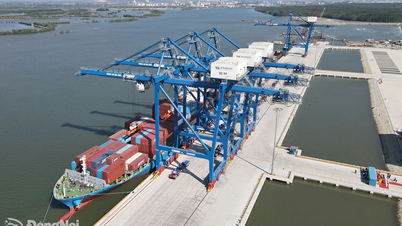















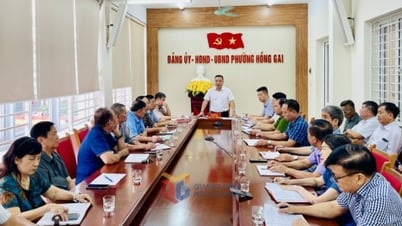





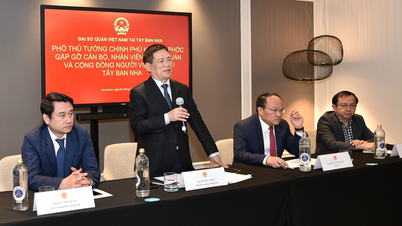

















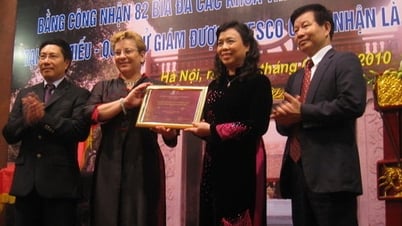















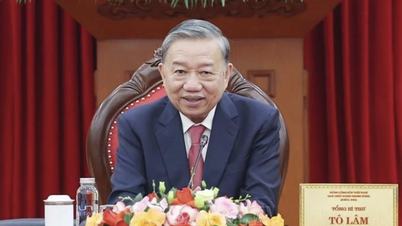


















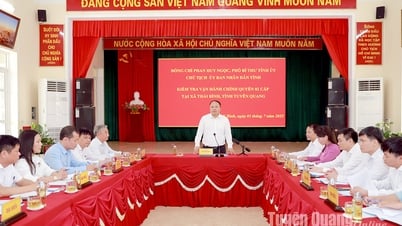

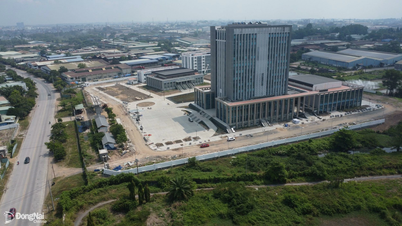










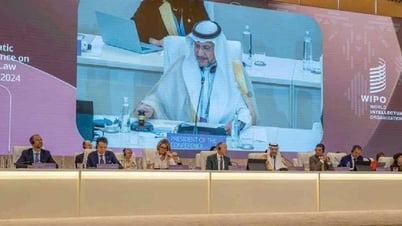







Comment (0)